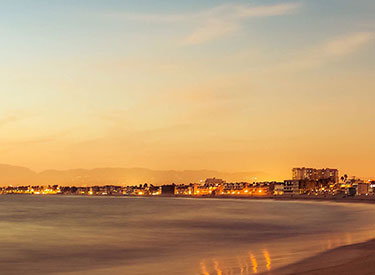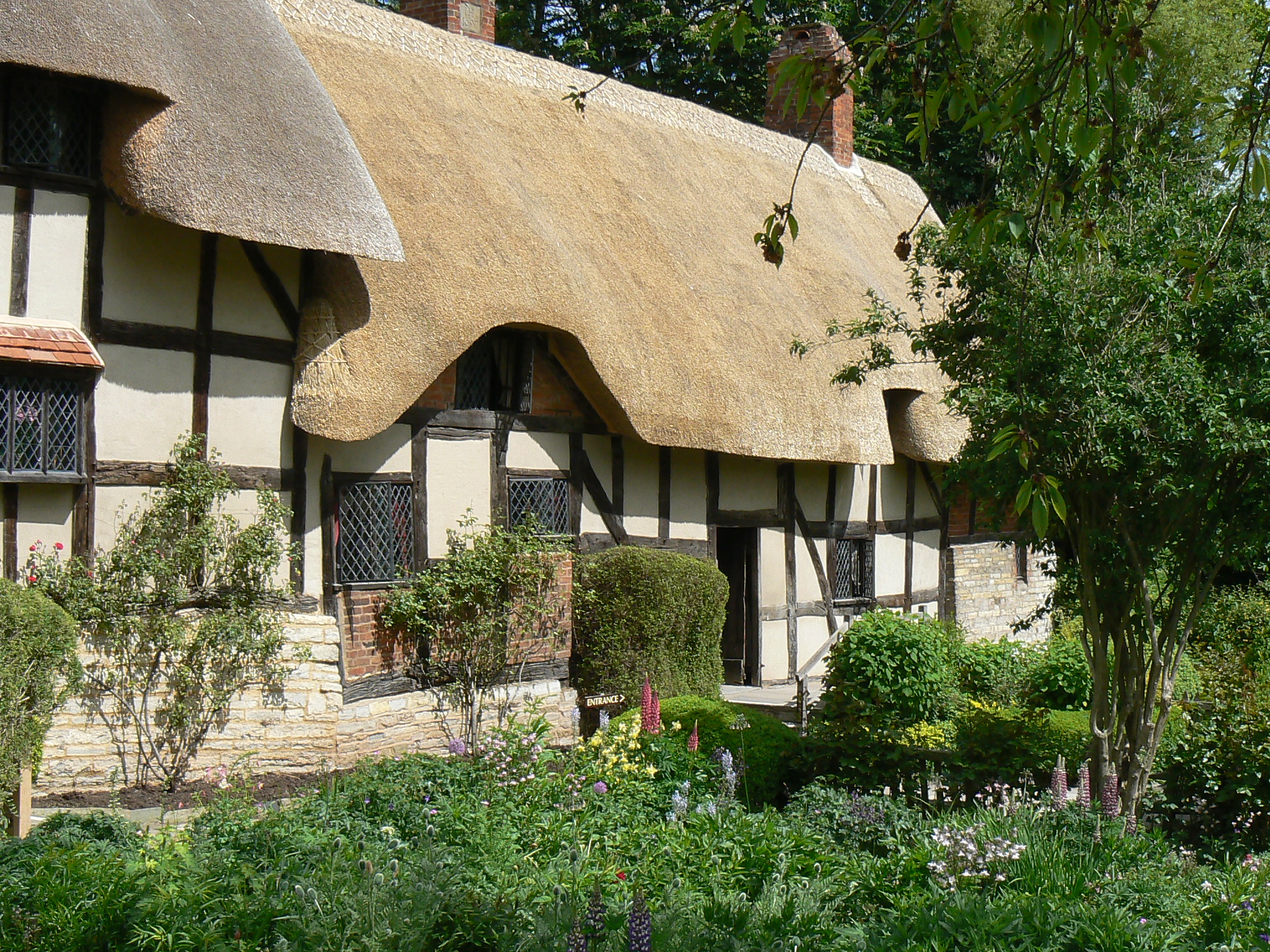


Britain has an immense wealth of historically significant sites, making it the perfect destination for a culturally enlightening holiday. Personal Travel Managers can assist in arranging flights and accommodation for your personalised trip back in time.
Warwick Castle
Built in 1068 by William the Conqueror, Warwick Castle has been rebuilt and expanded over five consecutive centuries, to reach its current architectural layout. Warwick Castle has played a vital part of Britain’s history, being the largest castle in the middle of England and consequently is strategically significant. Royalist forces failed to capture the fort during the English Civil War, and later their comrades were held prisoner following a string of lost battles.
The fort, which sits on the bend of the River Avon has been open to the public since 1978 when the Tussauds Group completed an extensive restoration.
Seasonal exhibitions inside the grounds include archery and jousting displays, falconry performances, ghost tours and a re-enactment of the siege of 1642. Musical performances include a series of carol concerts, held over the Christmas period.
Warwick Castle is also home to the Warwick trebuchet, the world’s largest and most powerful catapult, designed to hurl projectiles 300 metres.
Tower of London
The Tower of London was built under William the Conqueror in 1078 and is best known for being the home of the crown jewels and an impenetrable prison. The tower has actually had a variety of uses since its construction as a royal residence including; an armoury, a treasury, a public records office and most bizarrely a zoological garden, where the Kings Polar Bear would raise eyebrows by fishing in the Thames.
In 1988, The Tower was added to the UNESCO list of World Heritage Sites, with the medieval palace opening again to the public in 2006. The Tower and its grounds have a grizzly past, hosting a number of executions up until the Second World War. The Tower of London was also the scene of Prince Edward’s murder along with his brother at the hands of their uncle, the Duke of Gloucester, in order to inherit the crown.
William Wallace, the inspiration for the film ‘Braveheart’ was also held at the tower before being hanged and having his bowels burnt before his eyes. His body was then cut into four parts and paraded around the country. Guy Fawkes was held in the tower as was Anne Boleyn, Henry VIII’s beheaded former wife – her ghost is one of the many that are said to haunt the grounds.
Six ravens inhabit the grounds of the tower, which adds to the eerie atmosphere, as it’s widely believed that if the ravens flee the tower, Britain will fall.
Stonehenge
Stonehenge’s use and construction remains a mystery, and perhaps this is why its one of the most famous historical sites in the world.
Radiocarbon dating indicates that the first stones, which are as tall as a double decker bus, were erected as far back as 3000BC. The stone used isn’t found locally and the rock would have had to be delivered 386 km from Wales, using only ancient technology and muscle power.
Scientists also believe that Stonehenge is the earliest example of sun worship, as the monument is aligned on the winter and summer solstices. Thousands of Neo-druids and pagans make the pilgrimage to Stonehenge for the longest and shortest day each year.
The site may have had a number of different uses including a burial or healing ground. However, as the druids left no written records of their existence, historians and scientists can only speculate as to the monuments purpose.
The most striking and awe inspiring time to see Stonehenge is either at sunrise or sunset, with the former being the preferred as you’re more likely to beat the crowds. Prearranged tours can access the circle itself, however these must be booked in advance.
Windsor Castle
Windsor castle has been built and rebuilt since the late 11th century and spans over thirteen acres on the bank of the River Thames. In 2011, two water turbines were installed to provide the estate with hydroelectricity.
Windsor Castle is the longest occupied palace in Europe and the largest inhabited castle in the World, home to approximately 500 people and artwork by Rembrandt and Rubens. The majority of construction happened under Henry III who built a luxury palace within the walls during the mid 13th century for his queen and children, as well as a number of buildings for his own use.
Included on the tourist route are St George’s Chapel, the serene resting place of ten monarchs, and the miniature masterpiece that is Queen Mary’s Dolls House. During the months of the British winter, the semi-state rooms are accessible to the public brave enough to face the weather.
Windsor Castle attracts nearly one million guests a year, despite being used as a royal palace by the queen nearly as much as Buckingham palace.
Edinburgh Castle
Edinburgh Castle looms over the capital city below from the peak of an extinct volcano. An important part of British history, it has been captured by Edward I, Robert the Bruce and Oliver Cromwell, and almost become a victim of the 18th century Jacobite uprising.
Within the castle lies St Margaret’s Chapel, Scotland’s oldest building, built in the early 12th century.
Edinburgh Castle is also home to the regimental museum of the Royal Scots Dragoon Guards, known as ‘Pontius Pilate’s Bodyguard’ thanks to 350 years of service and an illustrious heritage. Highlights of the collection include six Victoria Crosses and the French Eagle and Standard captured at the Battle of Waterloo.
On a clear day, the peaks of the Highlands can be seen from the Western Battlements and the lower battlements, from where a field gun is fired every day at 1pm, offering spectacular views over the city.
Find out more from your local, personal travel manager. Visit http://www.travelmanagers.com.au/ptm-search/